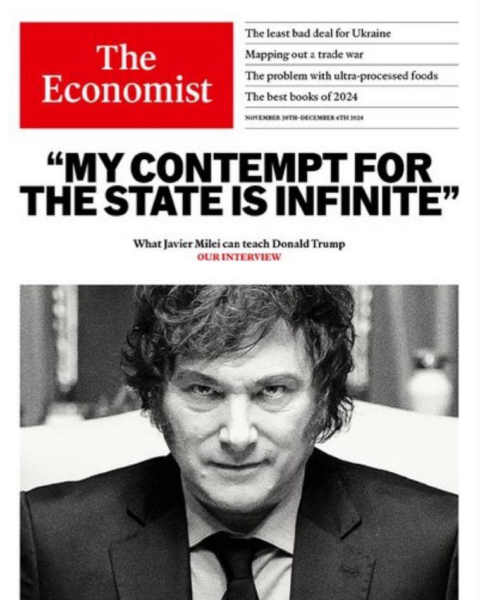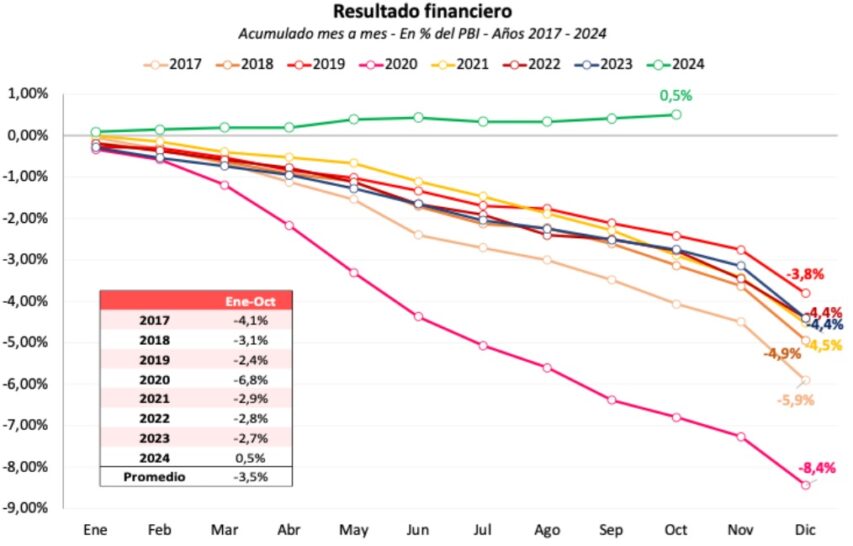 Gabriel: So far we’ve been discussing bottle service from the consumer’s point of view as a potlatch, but the core of the book is that it requires an enormous amount of extremely convoluted work to mobilize models as a sort of rent-an-entourage to be guests at the potlatch. Veblen observed that one of the functions of dependents, and indeed the primary function of dependents with little or no functional purpose, is to consume beyond what a rich man could consume himself and thereby demonstrate the rich man’s wealth and power. A Wall Street bro can probably consume a lot more alcohol than a woman with a body mass index of 18, but several underweight women at the bro’s table can considerably expand the amount of alcohol that the table can collectively consume. The distinctive feature of bottle service is that rather than the guests being either the host’s long-standing dependents or the host’s frenemy and the frenemy’s long-standing dependents as in a classic potlatch, the models are strangers to the host and their presence is arranged by the club, which subcontracts this to party promoters. I suppose this isn’t totally unprecedented since the synoptic gospels’ parable of the feast (Matthew 22 and Luke 14) also involves mobilizing a bunch of randos to benefit from the host’s largesse; but (a) the host in the parable relied on randos as a substitute when his regular dependents blew off his invitation, and (b) the parables aren’t intended to be realistic stories so aren’t good evidence than an actual 1st century AD host would behave this way.
Gabriel: So far we’ve been discussing bottle service from the consumer’s point of view as a potlatch, but the core of the book is that it requires an enormous amount of extremely convoluted work to mobilize models as a sort of rent-an-entourage to be guests at the potlatch. Veblen observed that one of the functions of dependents, and indeed the primary function of dependents with little or no functional purpose, is to consume beyond what a rich man could consume himself and thereby demonstrate the rich man’s wealth and power. A Wall Street bro can probably consume a lot more alcohol than a woman with a body mass index of 18, but several underweight women at the bro’s table can considerably expand the amount of alcohol that the table can collectively consume. The distinctive feature of bottle service is that rather than the guests being either the host’s long-standing dependents or the host’s frenemy and the frenemy’s long-standing dependents as in a classic potlatch, the models are strangers to the host and their presence is arranged by the club, which subcontracts this to party promoters. I suppose this isn’t totally unprecedented since the synoptic gospels’ parable of the feast (Matthew 22 and Luke 14) also involves mobilizing a bunch of randos to benefit from the host’s largesse; but (a) the host in the parable relied on randos as a substitute when his regular dependents blew off his invitation, and (b) the parables aren’t intended to be realistic stories so aren’t good evidence than an actual 1st century AD host would behave this way.
As to whether I’ve gotten a grant to pay for bottle service, mercifully no. I have had dinner with a (former) model, but it was Ashley herself at the kind of restaurant that occasionally has a hedge fund Powerpoint deck critiquing its management go viral. It was a decent hour, both of us were completely sober, there was no party promoter arranging the meeting, and there was no EDM played at OSHA-violation decibel levels. My idea of a good time is a lucid conversation with a smart friend, such as both that occasion and this email exchange, whereas I’d pay a good amount of money to avoid getting extremely drunk and staying out until dawn in an environment too loud for conversation.1 However I salute Ashley for doing so and thereby providing us with this book. The most I’ve had to suffer for my scholarship is writing response memos to annoying reviewer questions, or struggling with merge errors whilst munging data files.
And yet, contrary to my own taste, the people at the night clubs are paying a lot of money and/or waiting in line to get in, so obviously they seem to think it is appealing. I don’t think we can call this false consciousness either. Ashley is very clear that part of the reasons the models go to the clubs is as a favor to the promoters (much more on that later), but part of it is that a lot of models think going to a famous night club is really glamorous and cool. I’m tempted to say this is just de gustibus non disputandum, but just shrugging at taste is kind of a cop out for a sociologist since one of our mandates is to explain socially patterned taste.
I think a key explanation for what’s going on is Girard’s mimetic desire. The club is glamorous because there’s a long line of people outside waiting to get past the velvet rope. The women are beautiful because everyone agrees that tall skinny women are beautiful, even though in other contexts a lot of men (including the promoters) are more attracted to the kind of shorter curvier women who are barred entry to the club as “midgets”. Everyone and everything in the world of models and bottles that is desirable is desirable primarily because they or it are desired by others.
John: I’ve never read a fashion magazine or watched a runway show, so I just naively assumed that models were stunningly attractive and feminine. But as Mears points out, the models are not actually to most men’s tastes. They tend to have boyish figures and to be unusually tall.2 Is this because the fashion industry is dominated by gay men, who gravitate towards women who look like teen boys? Whatever the origins of it, there is a model “look”, and the industry has slowly optimized for a more and more extreme version of it, like a runaway neural network, or like those tribes with the rings that stretch their necks or the boards that flatten their skulls. There’s actually a somewhat uncanny or even posthuman look to many of the models. The club promoters denigrate women who lack the model look as “civilians”, but freely admit that they’d rather sleep with a “good civilian” than with a model. The model’s function, as you say, is as a locus of mimetic desire. They’re wanted because they’re wanted, in a perfectly tautological self-bootstrapping cycle; and because, in the words of one promoter: “They really pop in da club because they seven feet tall”.
The men don’t want to sleep with the models, and by and large they don’t. This leads directly to one of the most jaw-dropping insights in the entire book: the models are a potlatch of sorts too. The men are buying thousand dollar bottles of champagne and dumping them out on the floor, destroying economic value just to show that they can. And likewise, they’re surrounding themselves with dozens of beautiful women and then not sleeping with them. A potlatch of female beauty, sexuality, and reproductive potential — flaunting their wealth by hoarding women and conspicuously declining to enjoy their company, but at the same time denying them to every other man. An anti-harem.
Actually, you know what else the models remind me of? Medieval jesters. There was a point in the 15th century when every ruler in Europe had to have a dwarf in his entourage — not because there was anything intrinsic or valuable about very short men, but just because it was rare. The first guy did it to show that he was a big enough deal to have something expensive and hard to find, and then everybody else started doing it because it was the thing to do. (When dwarfs became too commonplace, the status symbols got weirder.) I think model phenotype is a little bit like that — desirable because it is rare, and because gathering and showcasing all these rare objects is a way to demonstrate your wealth and power.
John Psmith and Gabriel Rossman, “GUEST JOINT REVIEW: Very Important People, by Ashley Mears”, Mr. and Mrs. Psmith’s Bookshelf, 2024-03-04.
1. Another interesting work of scholarship on partying is Minjae Kim’s work on Korean work team binge drinking. Minjae shows that people go binge drinking because most of them hate it and thus it serves as a costly signal of loyalty.
2. In fact, an unusually high proportion of models are intersex individuals with a Y-chromosome and androgen insensitivity syndrome.








